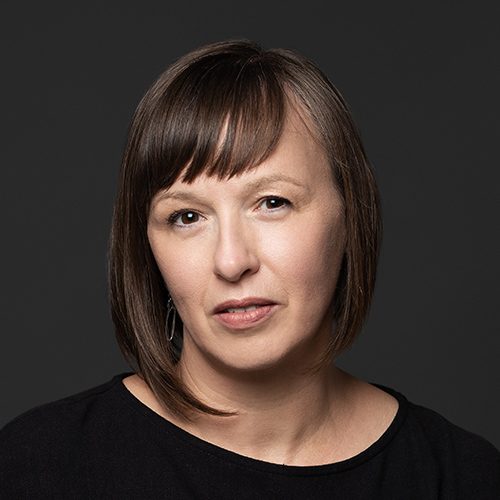Creating and sustaining disadvantage: The relevance of a social exclusion framework
Over the last decade, public home-care services for elderly people have been subject to increased rationing and changes in resource allocation. We argue that a social exclusion framework can be used to explain the impacts of current policy priorities and organisational practices. In this paper, we use the framework of social exclusion to highlight the disadvantages experienced by elderly people, particularly those who cannot afford to supplement public care with private services. We illustrate our argument by drawing on examples from previous studies with persons giving and receiving care in the province of Québec. Our focus is on seven forms of exclusion: symbolic, identity, socio-political, institutional, economic, exclusion from meaningful relations, and territorial exclusion. These illustrations suggest that policy-makers, practitioners and researchers must address the various ways in which current policy priorities can create and sustain various types of exclusion of elderly people. They also highlight the need to reconsider the current decisions made regarding the allocation of services for elderly people.

